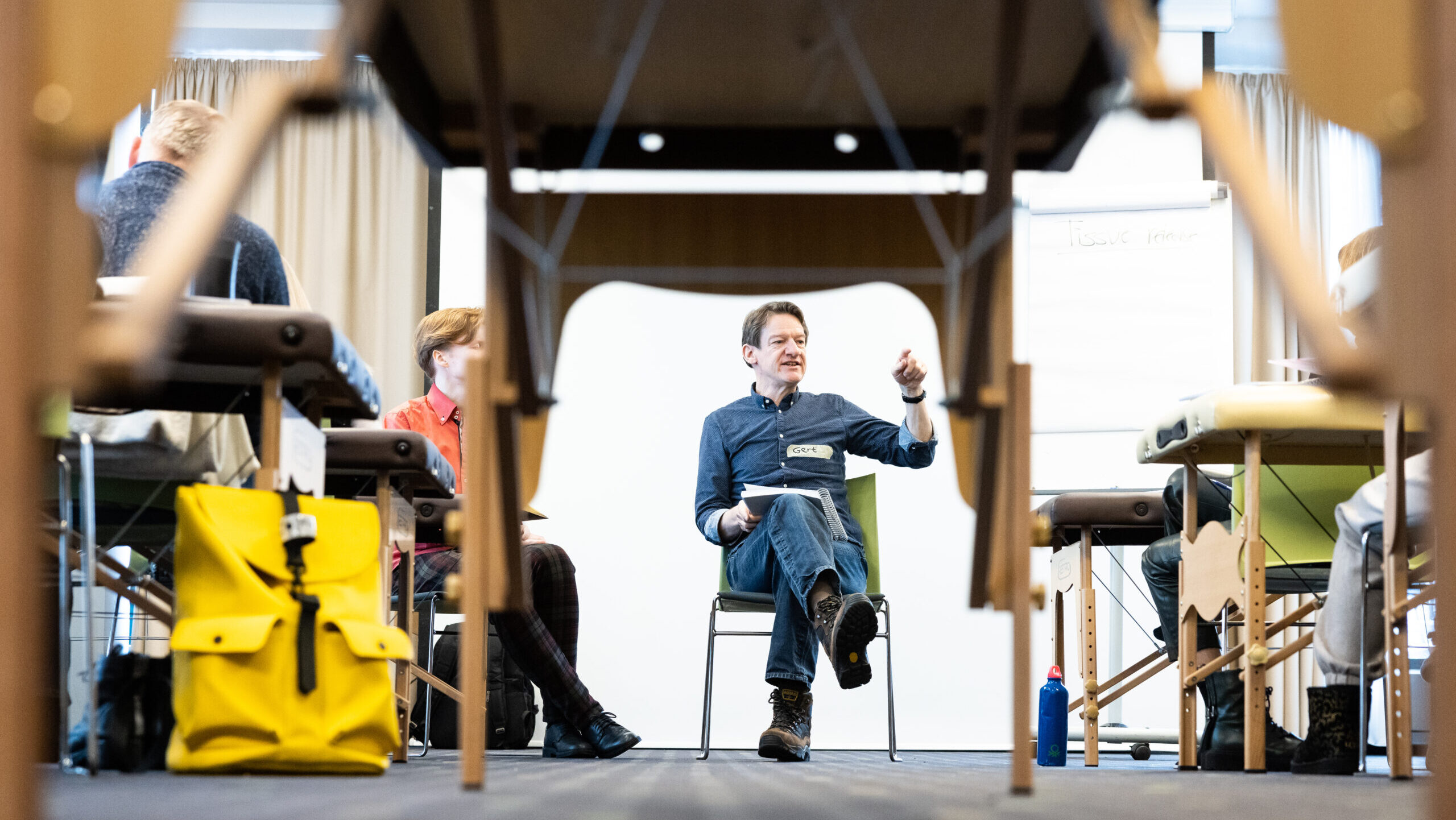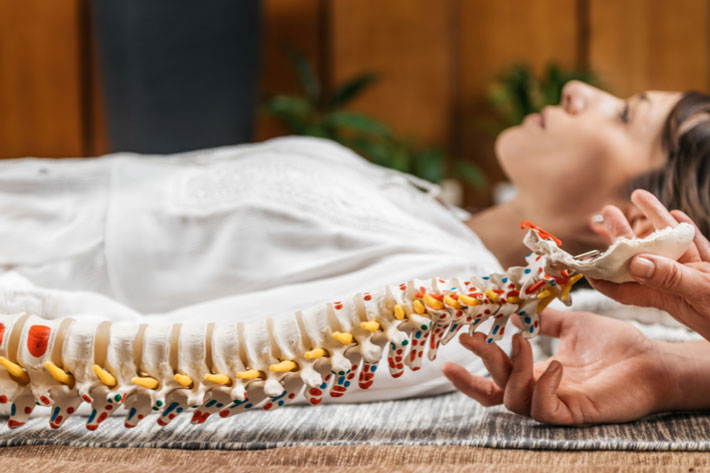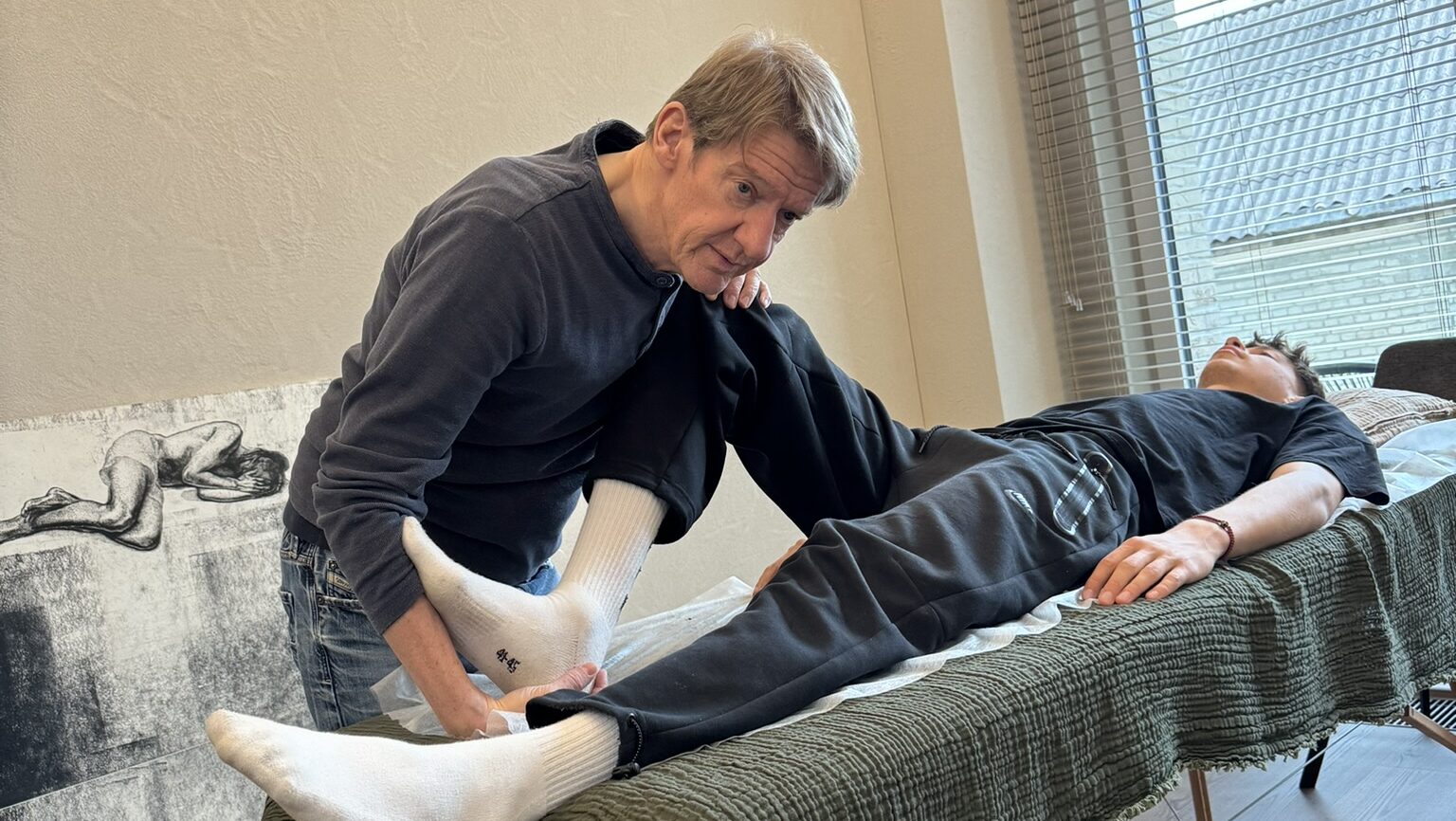
“To find health should be the object of the doctor. Anyone can find disease.”
Andrew Taylor Still
What is Structural Osteopathy?
Structural osteopathy is one of the main branches of osteopathy, based on Andrew Taylor Still’s holistic concept of human treatment. In his belief, true healing power lies within the person themselves – not in external preparations or interventions. Osteopathy relies on the body’s natural abilities to adapt, compensate and restore balance. Its goal is not only to diagnose or eliminate disease, but primarily to restore the flow of vital forces and support the body’s healing as a whole.
In these four intensive seminars, each lasting 4-5 days, participants will systematically delve into the principles and application of structural osteopathy in clinical practice. The courses are based on classical osteopathic philosophy and methods – from assessing mechanical dysfunctions to targeted treatment using various manual techniques.
Participants will become familiar with:
- Recognizing structural changes – dysfunctions and lesions – and their biomechanical and energetic interpretation;
- Phenomena of life flow (fluidity) in blood vessels, lymph, tissues and nervous system;
- Methods such as positioning techniques (Still, Sutherland, Jones), rhythmic mobilizations (Littlejohn), muscle energy and myofascial release techniques, as well as high-velocity low-amplitude joint corrections.
Each seminar is prepared as a separate module, allowing participants to systematically deepen their knowledge and skills, guided by osteopathic principles: gentleness, precision, listening to the body and respect for life’s harmony.
Gert Groot Landeweer talks about structural osteopathy
Basic information at a glance
ℹ️ What: Structural osteopathy training – a cycle of four module seminars based on Andrew Taylor Still’s osteopathic philosophy. This training program introduces classical structural osteopathy: from body biomechanics and dysfunction analysis to application of manual techniques. The courses are designed for practitioners seeking to deepen their clinical perspective and manual skills, guided by osteopathic principles.
ℹ️ Where: Training takes place at the Integrative Therapy Center, Vytenio st. 4, Vilnius. More practical information about the location, access, accommodation options etc. can be found here.
ℹ️ When: Seminars are organized according to a pre-announced schedule, each module lasts 4-5 days. Participation in the entire sequence is recommended, but you can also choose individual seminars without following the sequence.
ℹ️ How: Training is conducted in English, but participants who don’t speak English can also attend – all courses provide consistent translation into Lithuanian. This allows full engagement in the learning process regardless of language skills.
ℹ️ Price and discounts: We offer various discounts for early registration, repeating the course. For exact prices and payment plans, please check the schedule for specific courses or contact us – we’ll provide detailed information.
Students, lecturers and patients speak
Ebba Boyesen
Daughter of Gerda Boyesen, creator of Biodynamic Body Psychotherapy, method developer and co-creator, institute lecturer, therapist
Rita Guginė
Graduate of Biodynamic Body Psychotherapy, practicing biodynamic biorelease massage specialist
Rasa Skrabutėnas
Graduate of Biodynamic Body Psychotherapy, practicing body therapist, ITC co-founder
5 seminars
🔹 INTRO: Introductory module (online) introduces the origins of osteopathy, philosophy and basic principles from A.T. Still to modern practice. Discusses osteopathy’s place in medicine, concepts of health and disease, and historical development of methods.
🔹 LESION: Learn to recognize and treat structural lesions and their aspects, applying gentle, indirect positioning techniques according to Sutherland and Strain-Counterstrain methods. The course focuses on the body’s ability to restore balance independently.
🔹 RHYTHM: Main focus is on restoring body rhythms and whole-body harmonization using general osteopathic treatment (GOT). Work includes rhythmic mobilizations, tissue tone and joint mobility.
🔹 MUSCULAR: Deepen knowledge about muscle and fascia influence on structural dysfunctions. Apply MET and MFR techniques to reduce tissue tension, restore mobility and improve stability.
🔹 MANIPULATION: Learn to correct joint dysfunctions using classic HVLA techniques. Focus on safely and precisely mobilizing joints and restoring their physiological glide.



